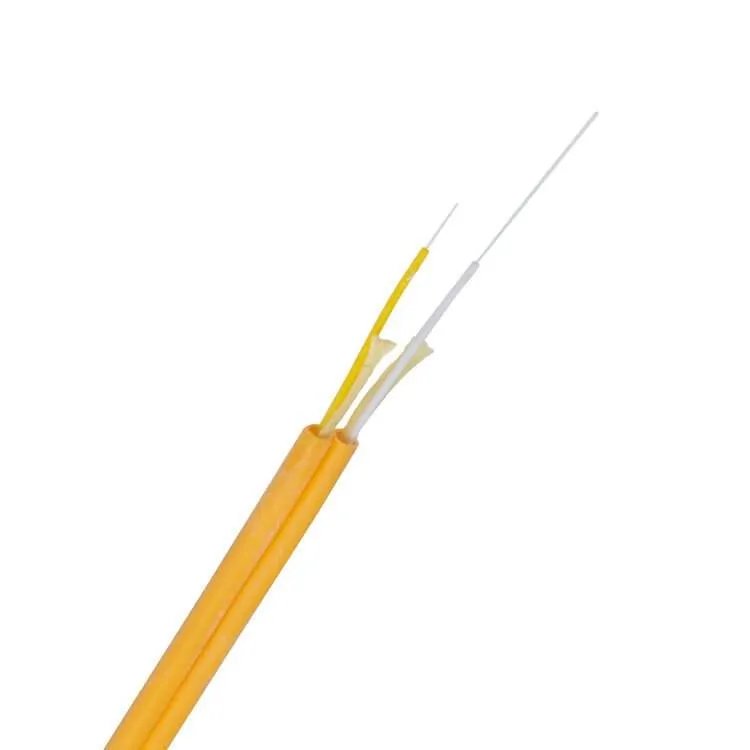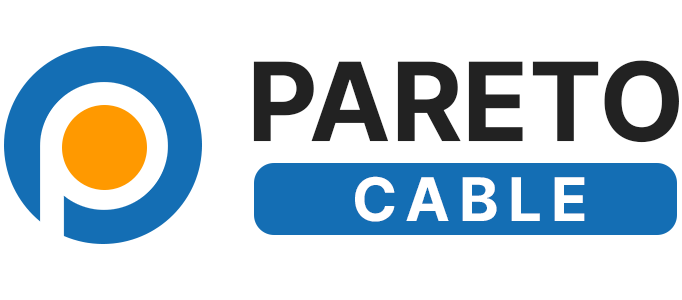Introduction
Duplex fiber optic cables are essential components in modern communication systems, facilitating bidirectional data transmission through two optical fibers. This design allows simultaneous sending and receiving of data, making duplex cables ideal for applications requiring high-speed, full-duplex communication.

Structure and Functionality
A duplex fiber optic cable consists of two optical fibers—one for transmitting data and the other for receiving it. These fibers are typically joined together by a thin web or “zipcord” construction, allowing them to function as a single unit while maintaining their individual transmission paths. This configuration ensures efficient and reliable data flow in both directions.
Types of Duplex Fiber Optic Cables
- Single-Mode Duplex Fiber Optic Cables: Designed for long-distance communication, these cables use a single mode of light to transmit data, enabling high-speed transmission over extended distances.
- Multimode Duplex Fiber Optic Cables: Suitable for shorter distances, multimode cables use multiple modes of light to transmit data, offering a cost-effective solution for local area networks and data centers.
Advantages of Duplex Fiber Optic Cables
- High-Speed Data Transfer: Duplex cables support high-bandwidth applications, ensuring fast and efficient data transmission.
- Simultaneous Communication: The bidirectional design allows for simultaneous sending and receiving of data, enhancing communication efficiency.
- Reduced Latency: By enabling full-duplex communication, duplex cables minimize data transmission delays, which is crucial for real-time applications.
- Enhanced Reliability: The robust construction of duplex cables ensures durability and longevity, providing a reliable solution for critical communication systems.
Applications
Duplex fiber optic cables are widely used in various sectors, including:
- Telecommunications: Serving as the backbone for high-speed internet and voice services.
- Data Centers: Connecting servers and storage systems to facilitate rapid data access and transfer.
- Enterprise Networks: Supporting internal communication systems within organizations.
- Broadcasting: Transmitting high-quality audio and video signals for media production and distribution.
Conclusion
Duplex fiber optic cables are integral to modern communication infrastructure, offering high-speed, reliable, and efficient bidirectional data transmission. Their versatility and performance make them indispensable in various applications, from telecommunications to data centers.
